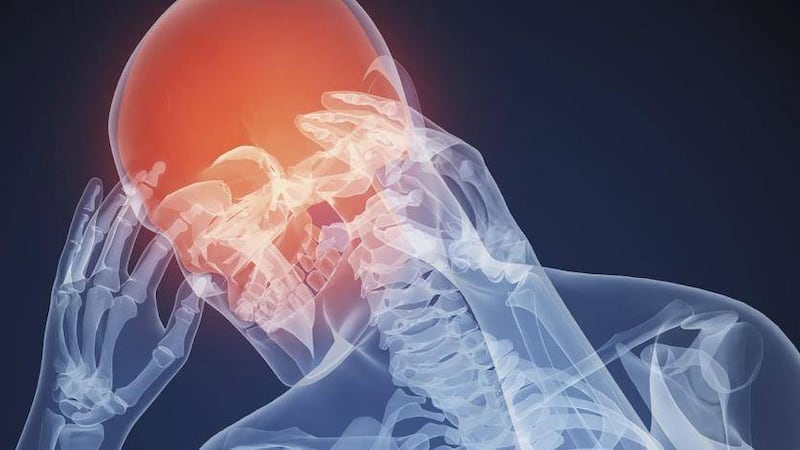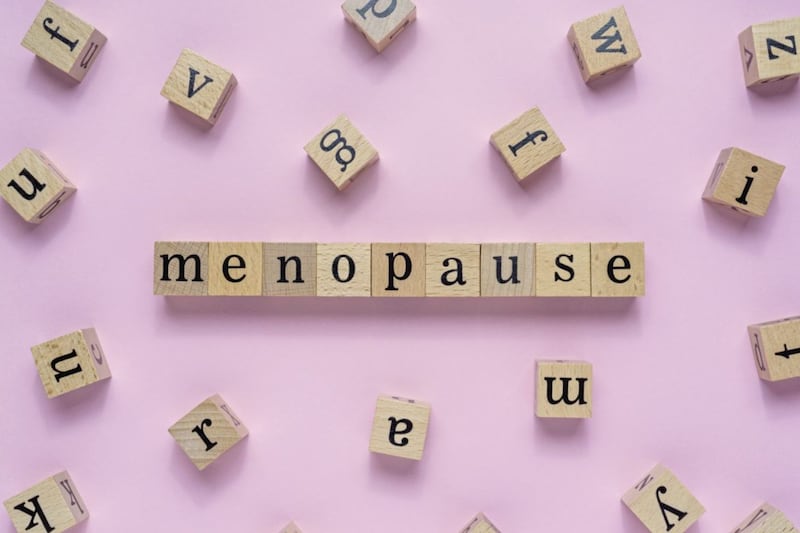AS ONE of the symptoms is a throbbing pain in the head, migraine is often dismissed as a headache. But the fact that this common neurological condition is one of the world's top 20 causes of disability shows that it's so much more than a simple head pain.
Nevertheless, research has found that around half of migraine sufferers in the UK don't seek medical help for their condition, and therefore don't get an accurate diagnosis, or the best treatment.
"Many people find migraine has a negative effect on their life and work, but don't seek medical support. It's important to get a reliable diagnosis as soon as possible and proper treatment," Wendy Thomas, chief executive of the Migraine Trust, says.
The most common symptoms of a migraine attack include a throbbing headache, sensitivity to light and noise, nausea, vomiting and lethargy. In some people, changes in the cortex area of the brain cause sight abnormalities, such as dark or coloured spots, sparkles or stars, and zigzag lines. Numbness or tingling, weakness, and dizziness or vertigo can also occur.
Speech and hearing may be disturbed, and sufferers have reported memory changes, feelings of fear and confusion and, more rarely, partial paralysis or fainting. Such neurological symptoms are called the 'aura' of migraine. In adults, they usually happen before the headache itself, but in children, they may occur at the same time.
Consultant neurologist Dr Fayyaz Ahmed, a trustee of the Migraine Trust, says migraine can vary hugely in its intensity: it can be so mild that people can carry on with their normal activities, moderate with minimal effect on quality of life, or severe.
The severe form affects around 25 per cent of migraine sufferers and may be very disabling, often forcing sufferers to sit still in a quiet, darkened room to avoid the potential nausea and vomiting caused by physical activity, and making them extremely sensitive to light and sound.
"They are unable to function and carry on with their activities of daily living," says Dr Ahmed. "Some people suffer from migraine so frequently that it gives them a headache almost every day."
Such frequent attacks are labelled chronic migraine, which affects around 5 per cent of people and is the most disabling form of the condition.
"Migraine is not just a headache – it has other symptoms and has a major impact on life," stresses Dr Ahmed. "Those who don't take advice feel the doctor won't be able to help. So they go ahead and buy painkillers off the shelf and carry on treating themselves. A lot of them require preventive treatment but they treat the pain without getting the diagnosis. The common perception is that doctors wouldn't take their complaint seriously."
But while there is no cure, the condition can be managed with the correct medication, trigger avoidance and lifestyle changes.
Dr Ahmed says doctors would explain what the headache was, ensure there was no serious underlying cause, and probe into the common migraine triggers, which can include foods such as cheese, chocolate, red wine, citrus fruits and juices, plus hormonal factors in women.
"Lifestyle issues such as eating meals at irregular intervals, fast food, drinking caffeine drinks in excess, lack of rest and working non-social hours are also triggers," he adds.
He says those diagnosed with migraine will be given appropriate acute and preventive medications, and will be advised of the potential problems with off-the-shelf painkillers.
"Some of them contain codeine, which is quite addictive, and a common cause of medication overuse headaches," he warns. Such headaches can occur almost every day, after being sparked by people trying to manage their symptoms with over-the-counter painkillers.
Preventative medication that may be prescribed by a doctor includes anticonvulsants, antidepressants, antihistamines, beta-blockers, and anti-inflammatory drugs, which have all been shown to help prevent migraine attacks.
People with severe migraines may be treated with migraine-specific drugs called triptans. Strong painkillers, anti-nausea drugs and even sedatives may also be prescribed, but the medication needed very much depends on a patient's specific symptoms.
Despite the fact that migraine is the most common neurological condition in the developed world, more prevalent than diabetes, epilepsy and asthma combined, the cause is still not known. What is known, however, is that most sufferers are genetically predisposed to the condition, and it's more common in women, with 18 per cent of them suffering with migraines, compared to 8 per cent of men.
TOP TIPS TO BEAT MIGRAINE
:: The Migraine Trust recommend starting a migraine diary to record symptoms, their duration and frequency – also any medication you take and if this helped.
:: Take the migraine diary to your GP, where you might seek a firm diagnosis or get advice on medication to prevent attacks and/or treat symptoms.
:: Talk to friends and family about your migraine and its effect. With one in seven people suffering migraine and the condition running in families, they might have migraine too.
:: For more information, visit migrainetrust.org/information-for-sufferers.








